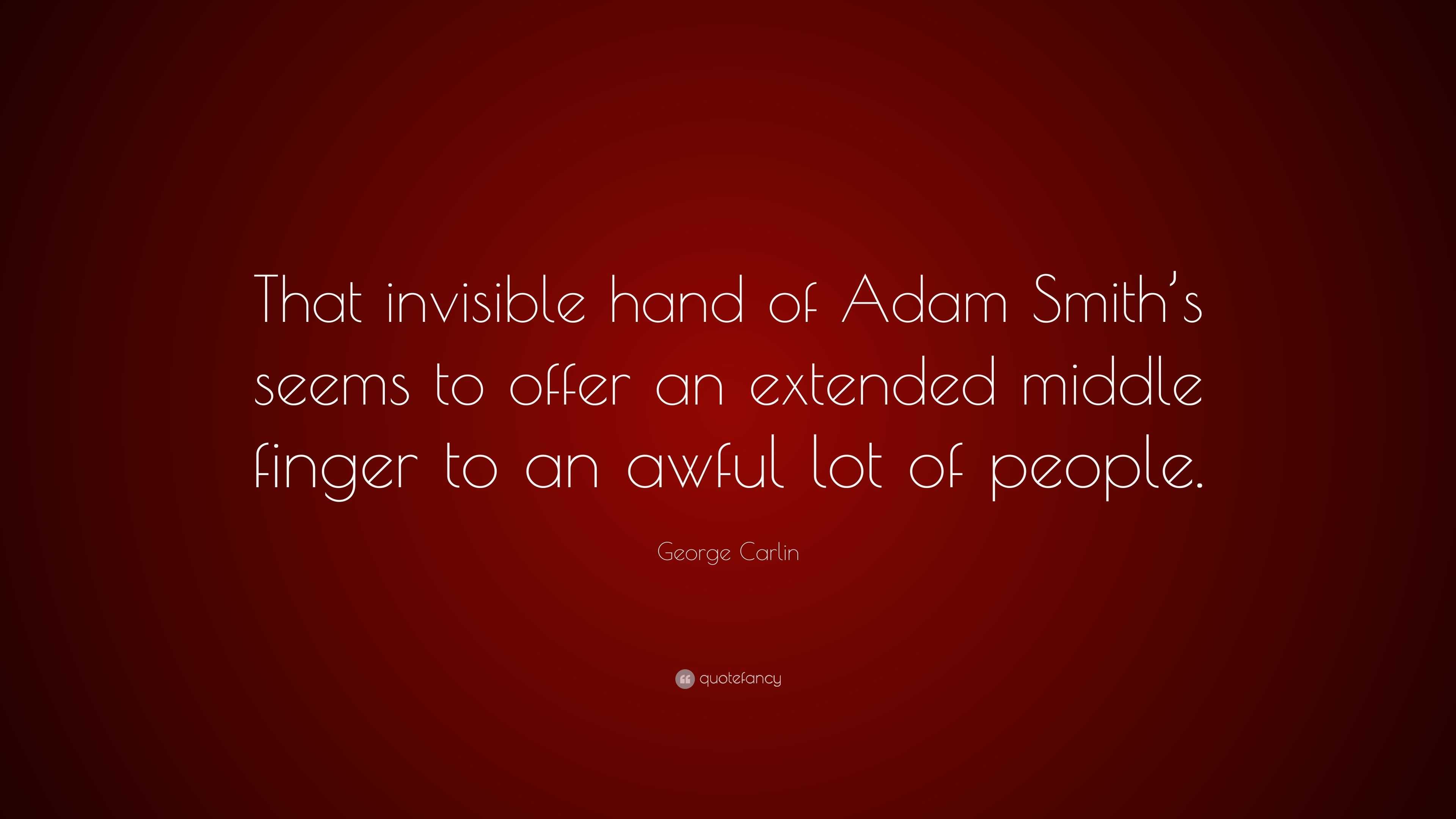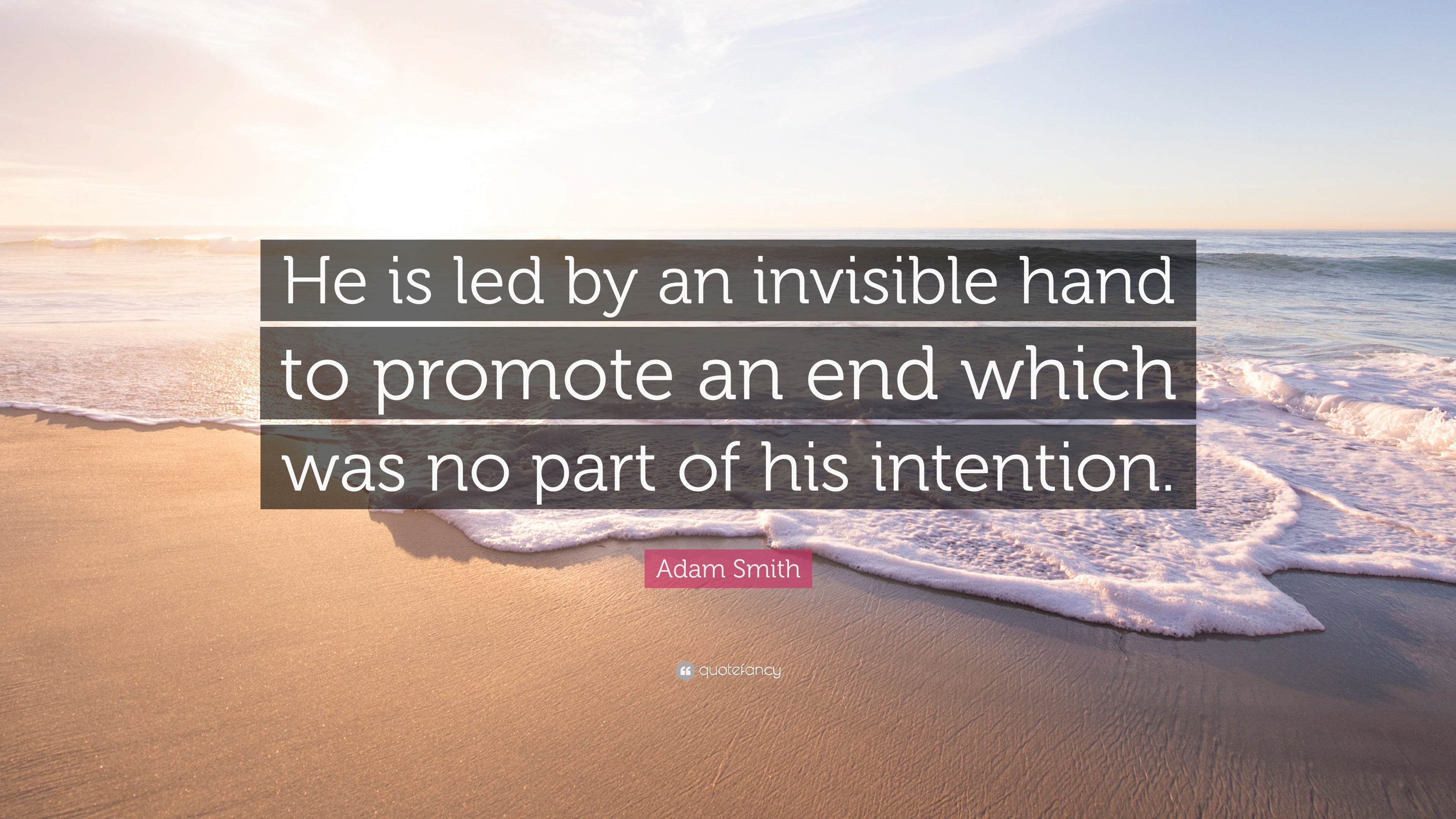

:max_bytes(150000):strip_icc()/adam-smith-economics_final2-261ec50cfb04406585d7a298858eb4bb.png)
One unit of effort produces one banana: B = Eb.

This effort can be used to produce bananas or build houses. Our counterexample consists of a large number of individuals endowed with the ability to expend 10 units of effort per day. So disproof requires only one counterexample. Proof:įirst recall that a theorem must be true in all the cases it claims to cover. This is inefficient even though the market is completely competitive - anyone can trade bananas for a bigger house. In the case where people are identical, this results in everyone displaying too much wealth but still not getting ahead of each other so they gain nothing in social standing. If utility functions contain a concern with social standing, then they can cause a race to see who can display the most wealth. The problem is that the proof of the mathematical theorem assumes away all social preferences, e.g. In fact, there is no evidence that it is even approximately true for humans because the flaw in the rationality assumption is not due to small mistakes in human rationality. In particular, it is not true for humans. In this form, it is false, even if we grant all of the assumptions of “perfect competition,” because it is not true for all types of economic actors. But as it is almost always stated, only the assumptions about the market are mentioned (with the word “competitive”). To be clear, as a mathematical theorem, given its assumptions about human nature, it is correct. The first fundamental theorem of welfare economics (also known as Adam Smith’s “Invisible-Hand Theorem”) states that every competitive equilibrium is efficient.


 0 kommentar(er)
0 kommentar(er)
